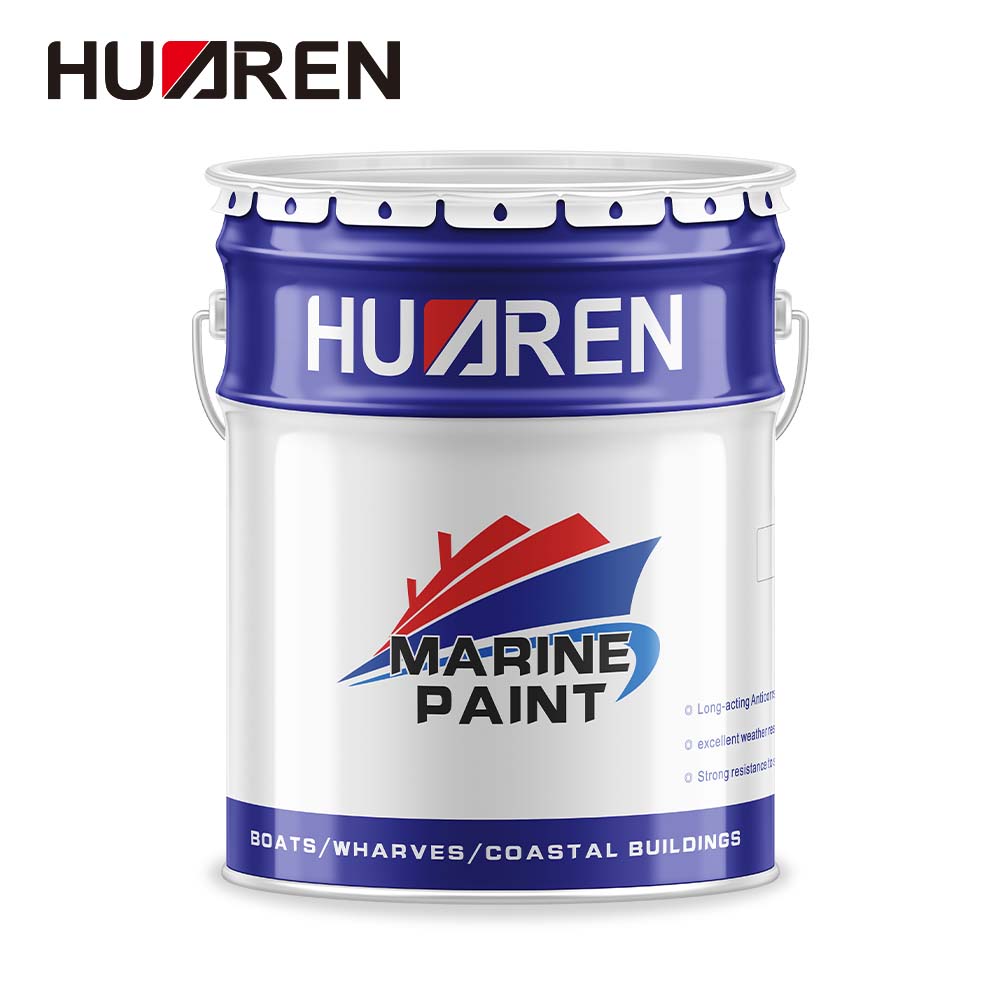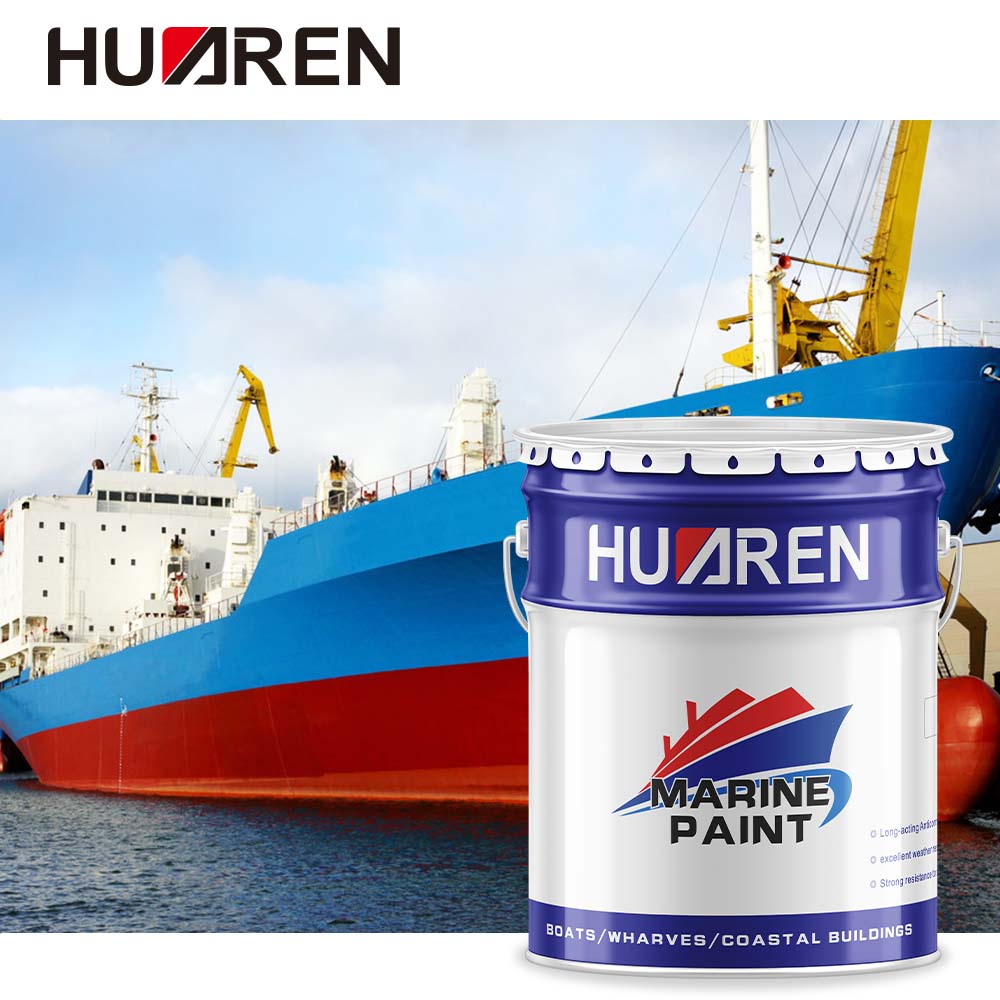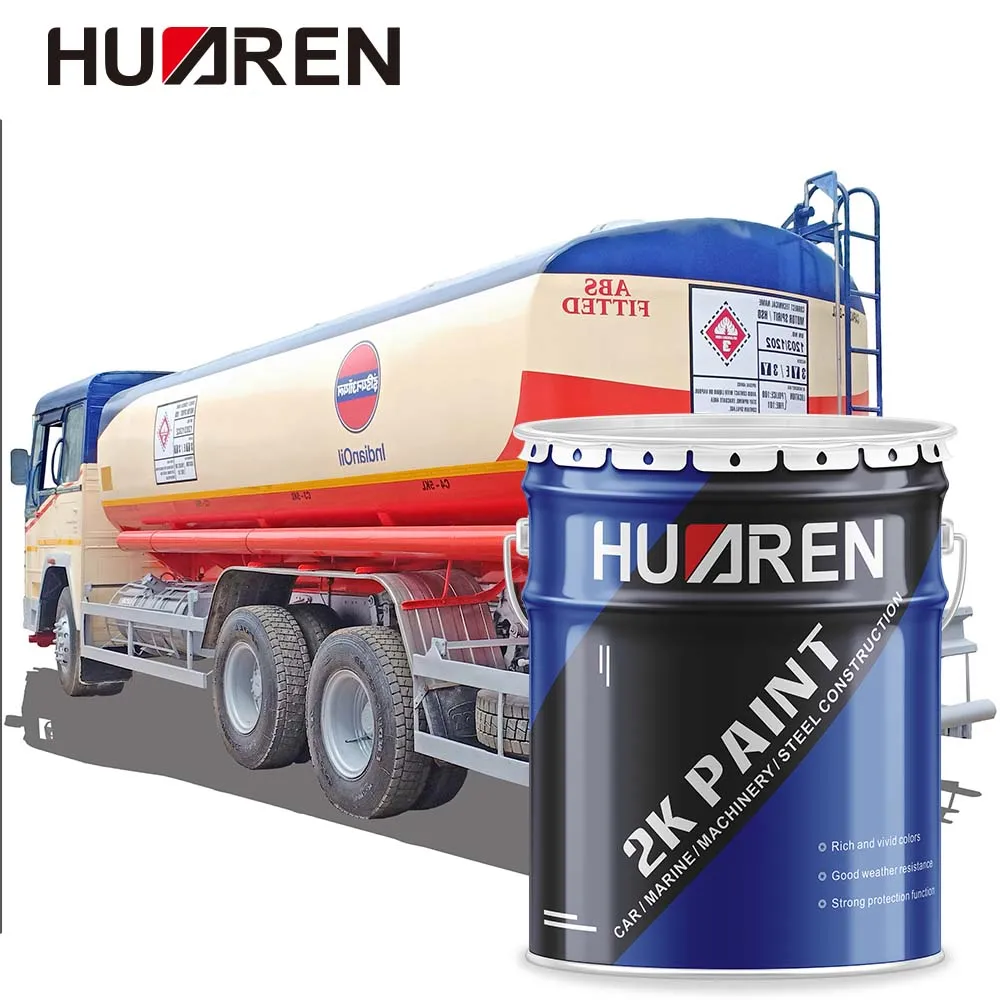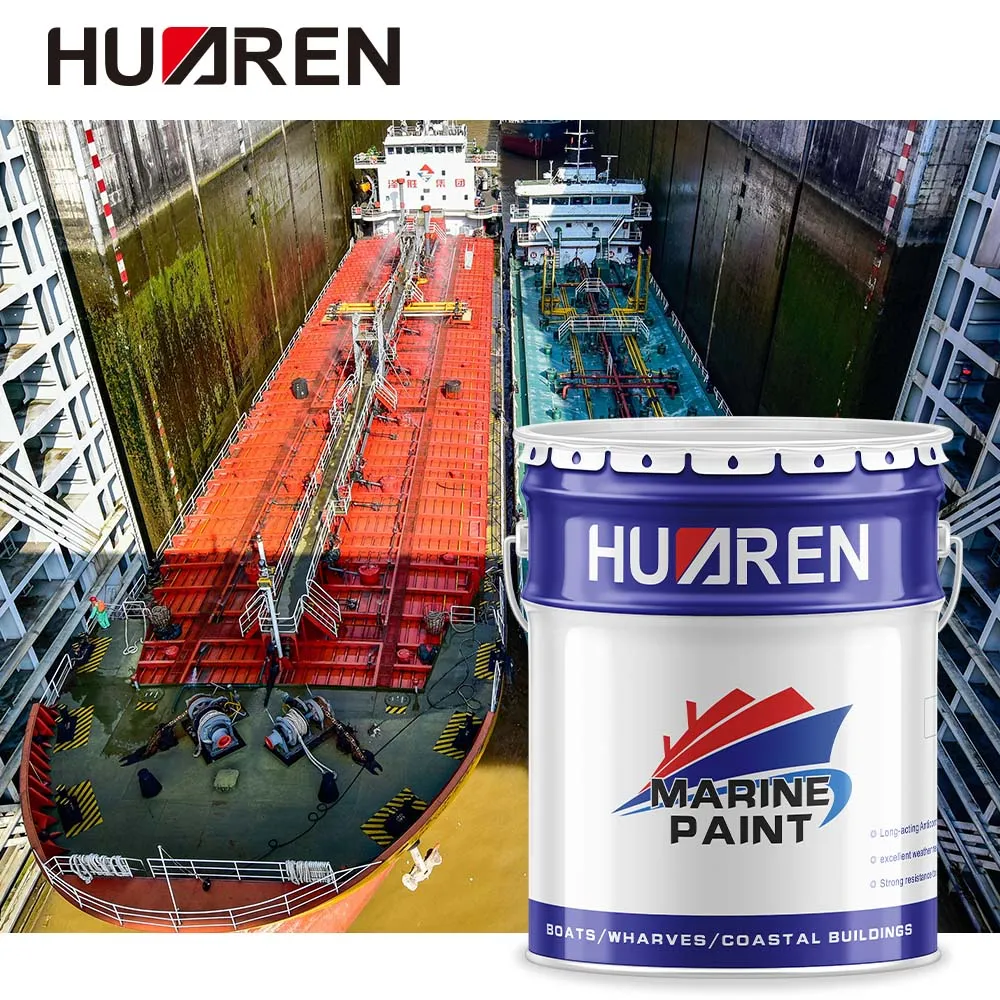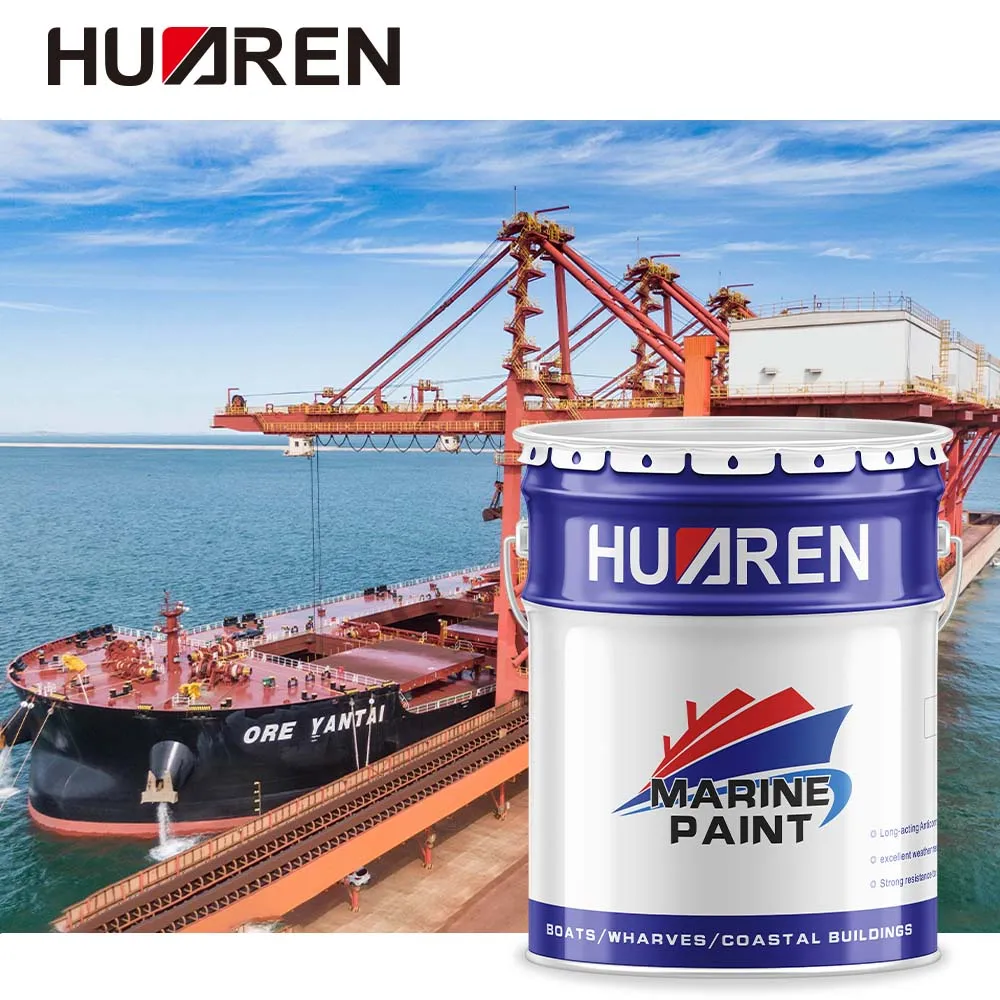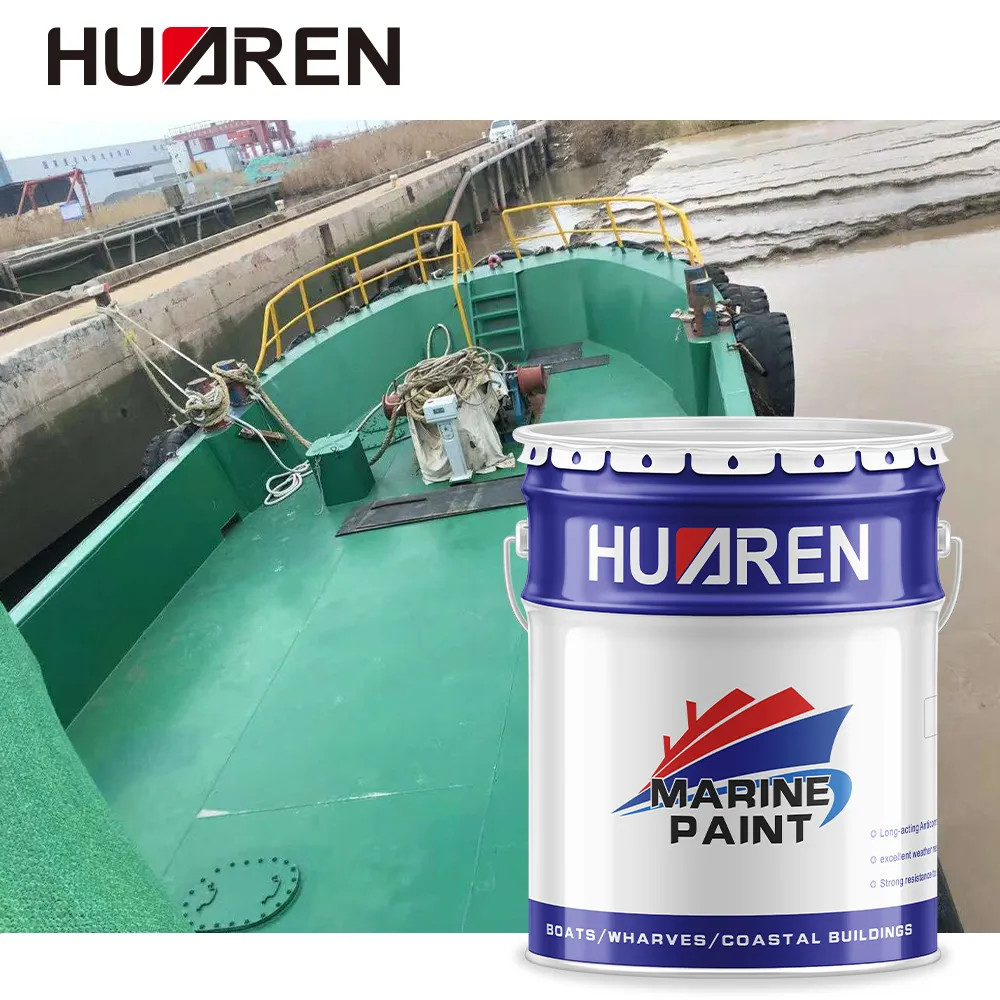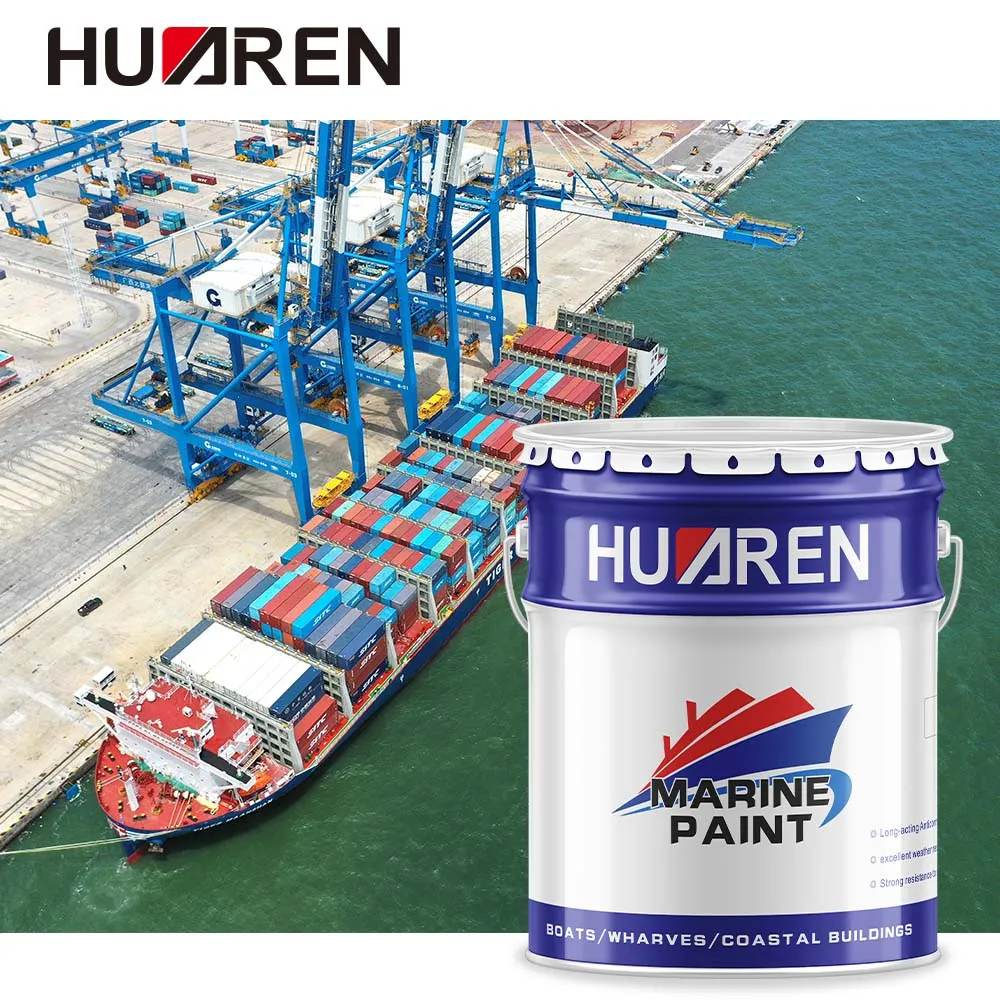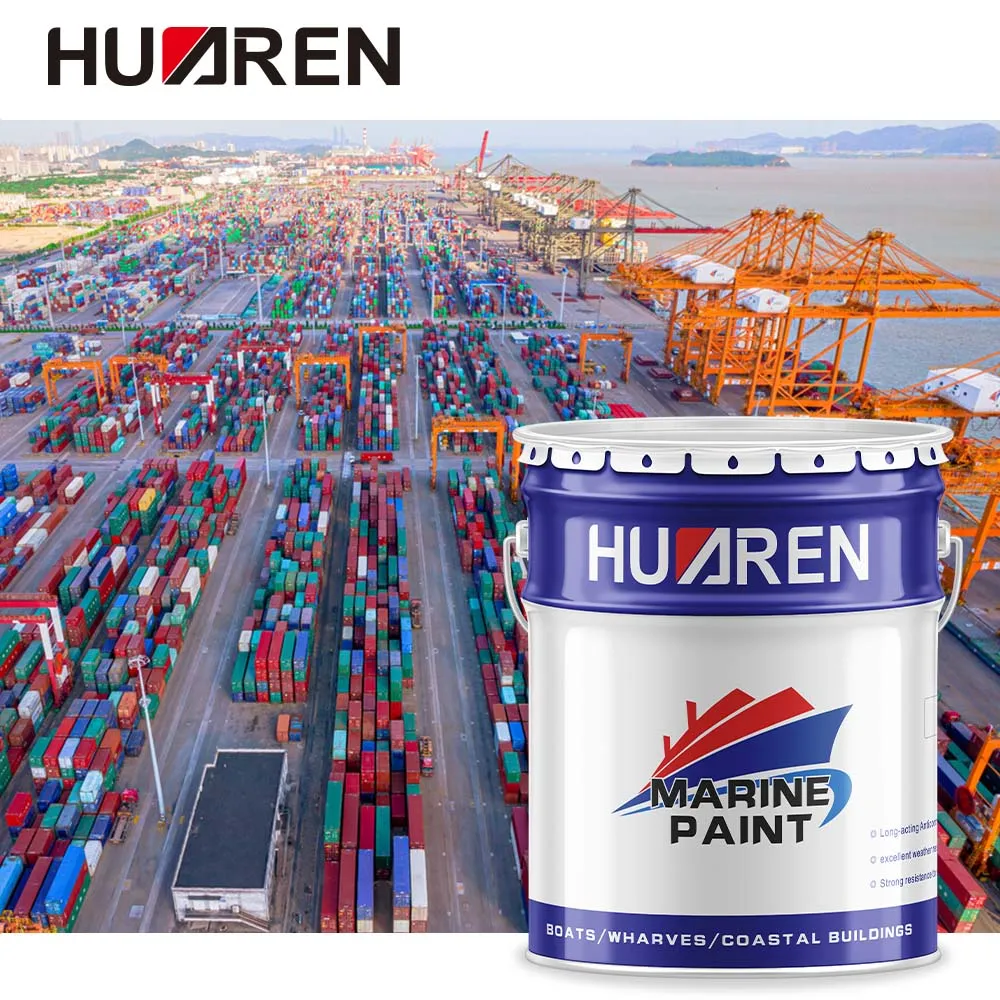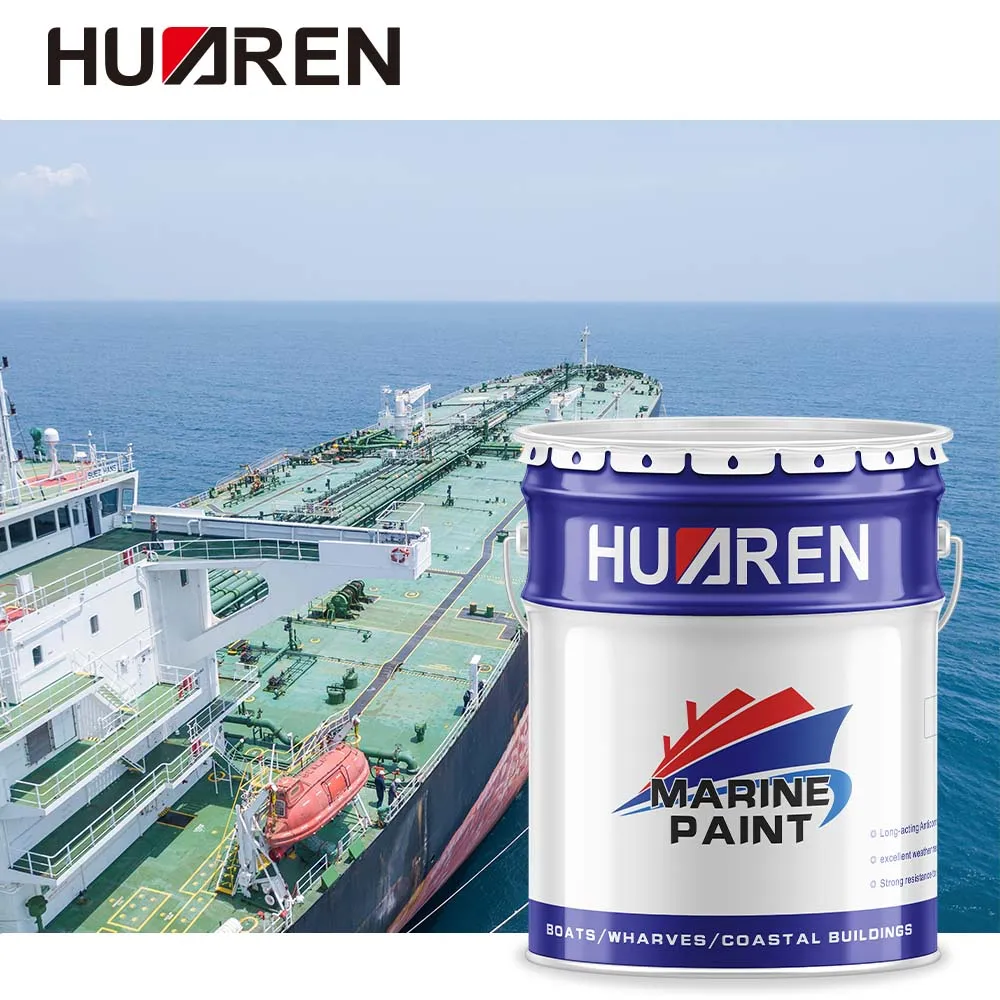10-14/2023
Marine paint is a type of paint specifically designed for use in marine environments. It is used to protect and enhance the surfaces of boats, ships, docks, buoys, and other marine structures. Marine paint is formulated to withstand the harsh conditions of being exposed to water, saltwater, sunlight, and other environmental factors. There are different types of marine paint available, each with specific properties and uses.


